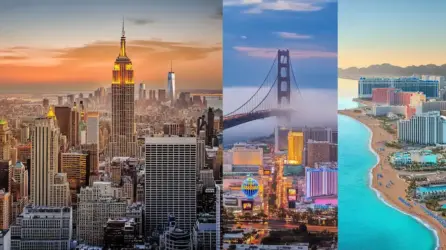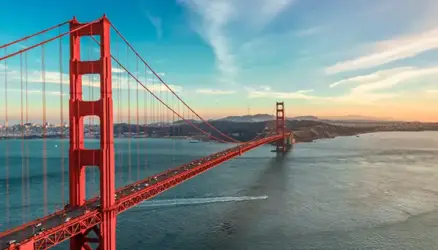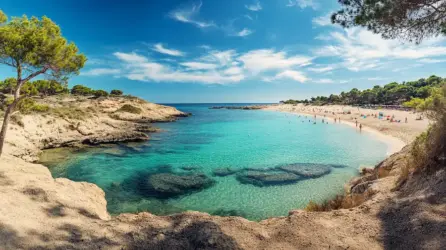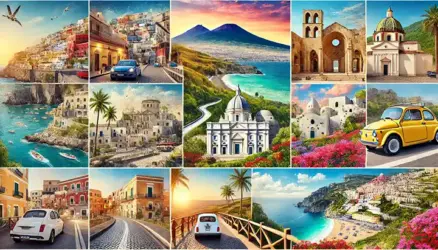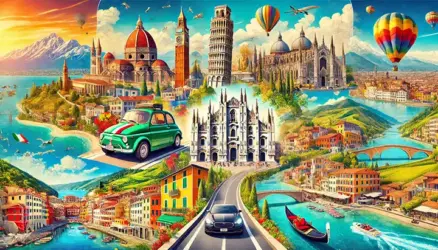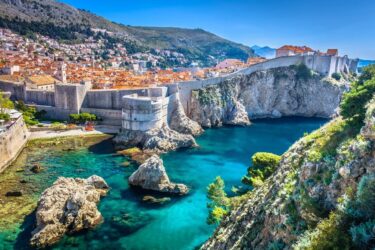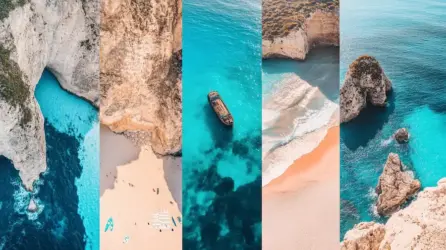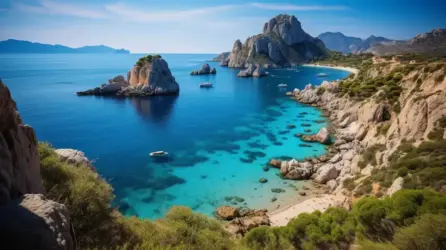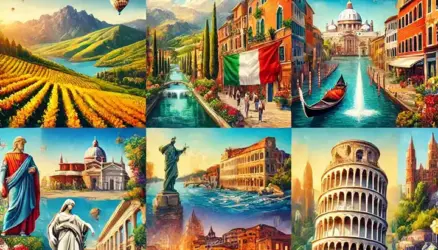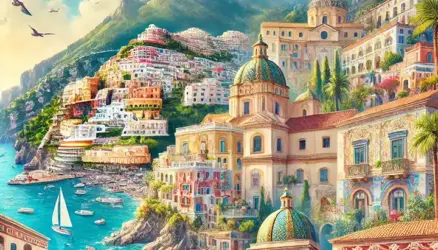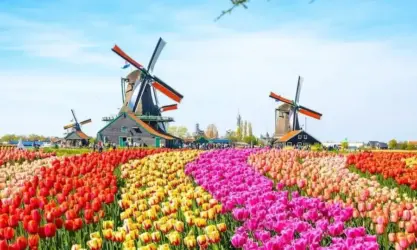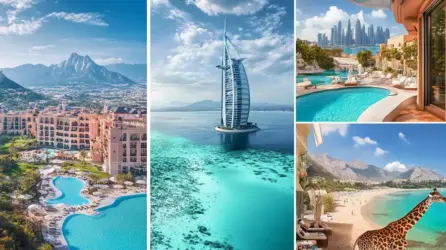Discover Fascinating Mythological Statues: From the Seal Woman to Neptune, God of the Sea
Throughout the world, mythological statues capture the imagination, bringing ancient stories and local legends to life. These sculptures are more than just works of art; they serve as cultural landmarks, connecting visitors to the history and folklore of their regions. From the haunting tale of the Seal Woman in the Faroe Islands to the mighty Neptune reigning over the seas, here’s a journey through some of the most captivating mythological statues.
1. Statue of Kópakonan – Faroe Islands
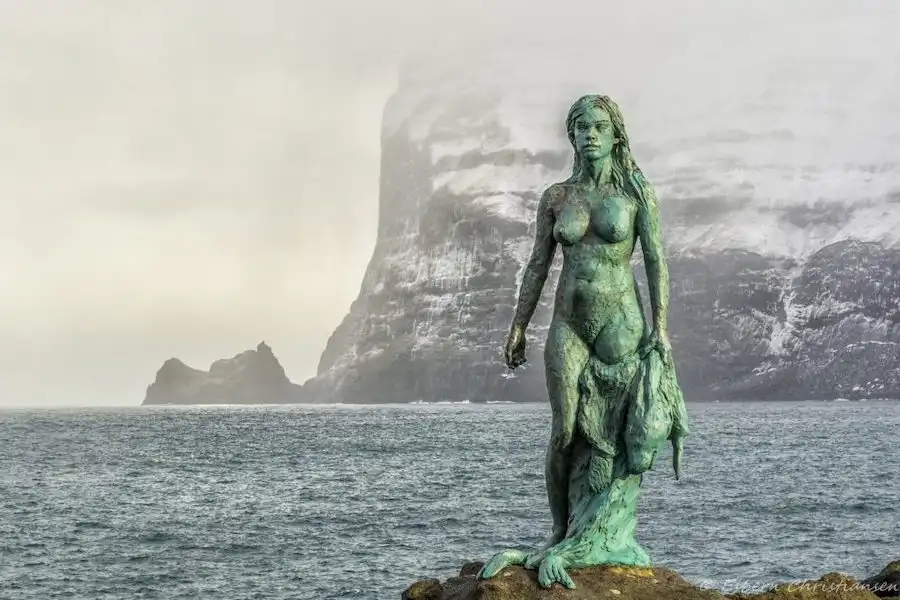
The Statue of Kópakonan, or the Seal Woman, stands along the rugged coast of Kalsoy in the Faroe Islands. This haunting statue depicts the legend of a selkie—a creature that can transform from seal to human. The story tells of a seal who sheds her skin to become a beautiful woman, only to have her seal skin stolen by a fisherman, trapping her in human form.
Get your accommodation in the Faroe Islands
2. The Little Mermaid – Copenhagen, Denmark
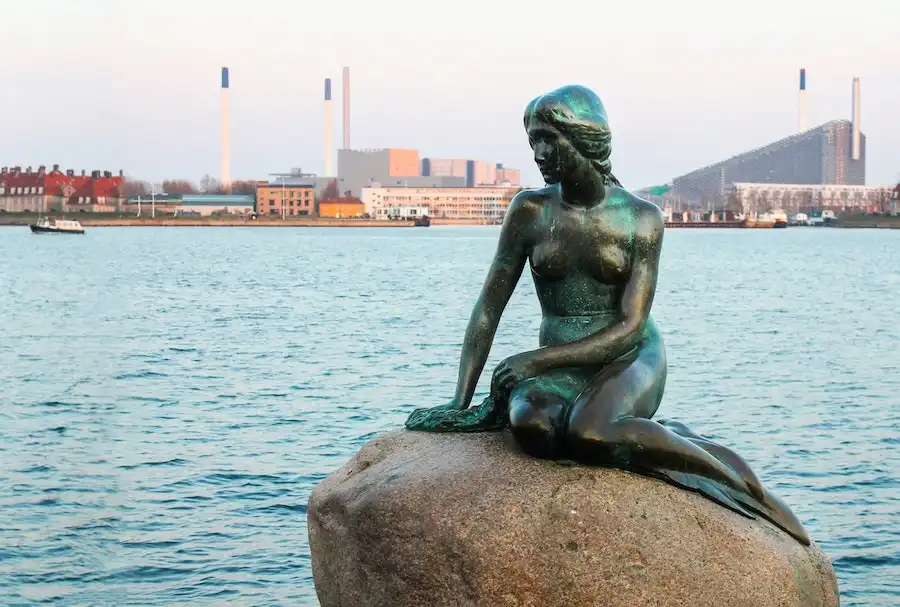
Based on Hans Christian Andersen’s famous fairy tale, The Little Mermaid sits gracefully on a rock by the harbor in Copenhagen. Though small in size, this statue has become one of Denmark’s most iconic symbols, representing the mermaid who longed to become human.
Get your perfect stay in Copenhagen
3. Statue of Selkie – Ballycastle, Northern Ireland
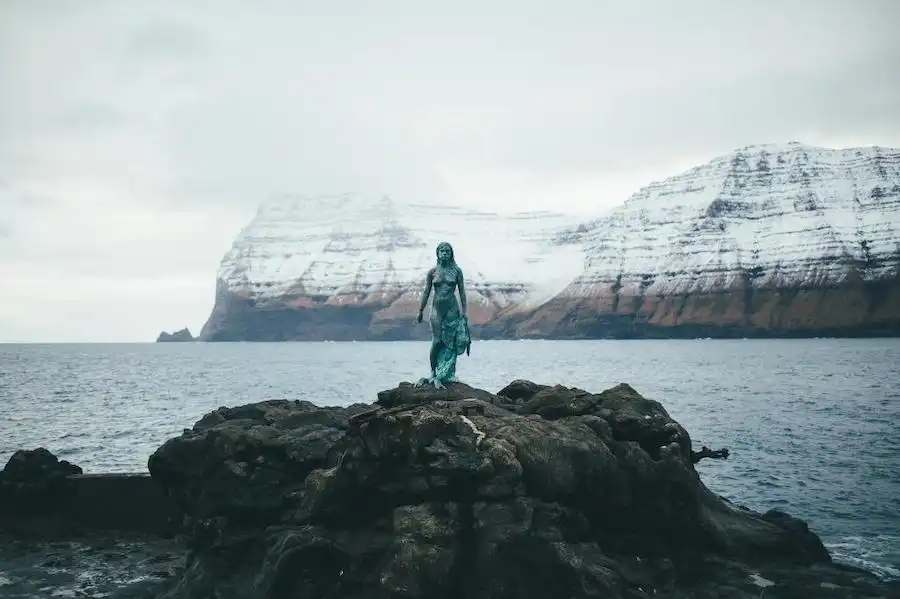
Similar to Kópakonan, the Statue of Selkie in Ballycastle represents the myth of the selkie from Irish and Scottish folklore. These creatures are said to live as seals in the sea but shed their skins to walk on land as humans. The statue captures the selkie’s dual existence between sea and land.
4. Kelpie Sculptures – Falkirk, Scotland
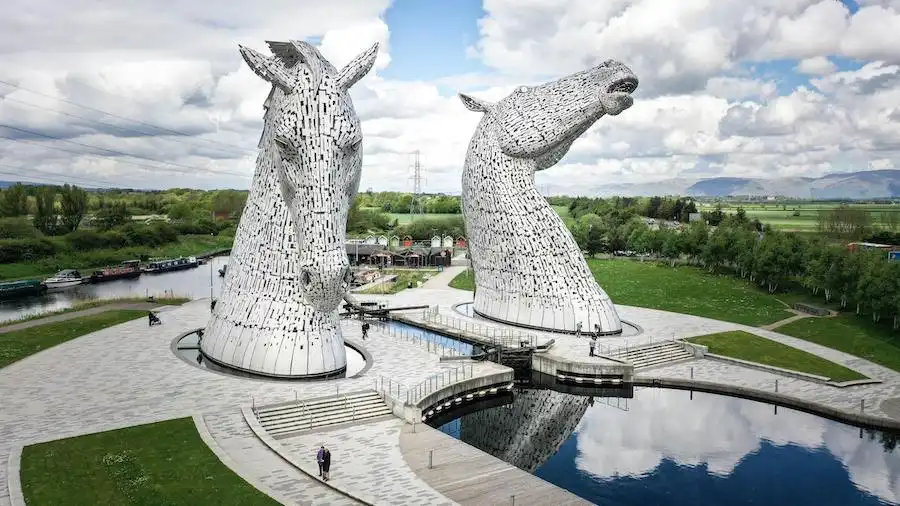
Standing 30 meters tall, the Kelpie sculptures in The Helix Park, Falkirk, are a dramatic representation of the mythical water horses from Scottish folklore. These powerful spirits, known as Kelpies, are said to haunt rivers and lakes, luring people to a watery demise. The sculptures are a testament to the enduring allure of these legends.
5. The Manneken Pis – Brussels, Belgium
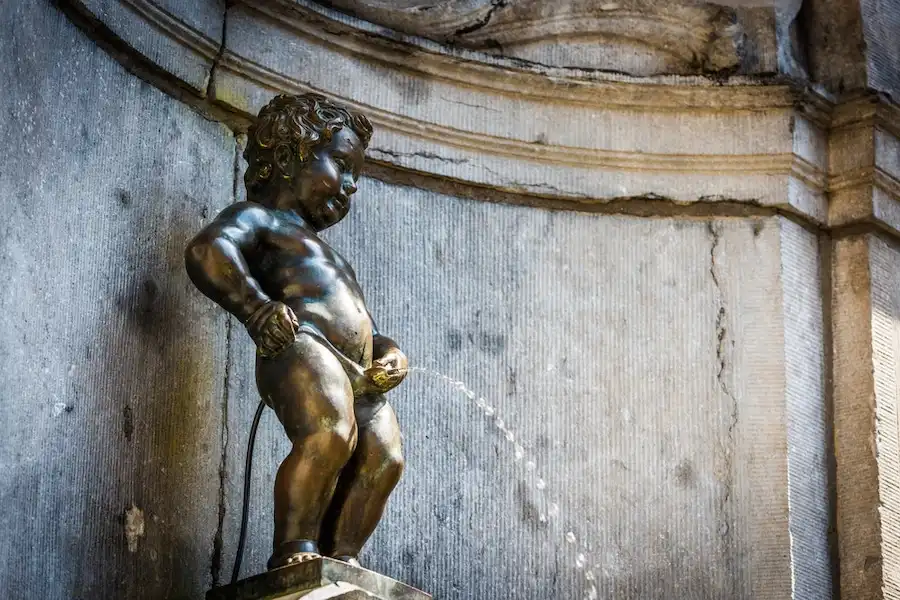
While not a mythological figure, the Manneken Pis is steeped in local folklore. This small bronze statue of a boy urinating into a fountain is a beloved symbol of Brussels. Stories surrounding the statue range from tales of heroism to whimsical legends about a boy saving the city from disaster.
6. The Troll – Lofoten Islands, Norway
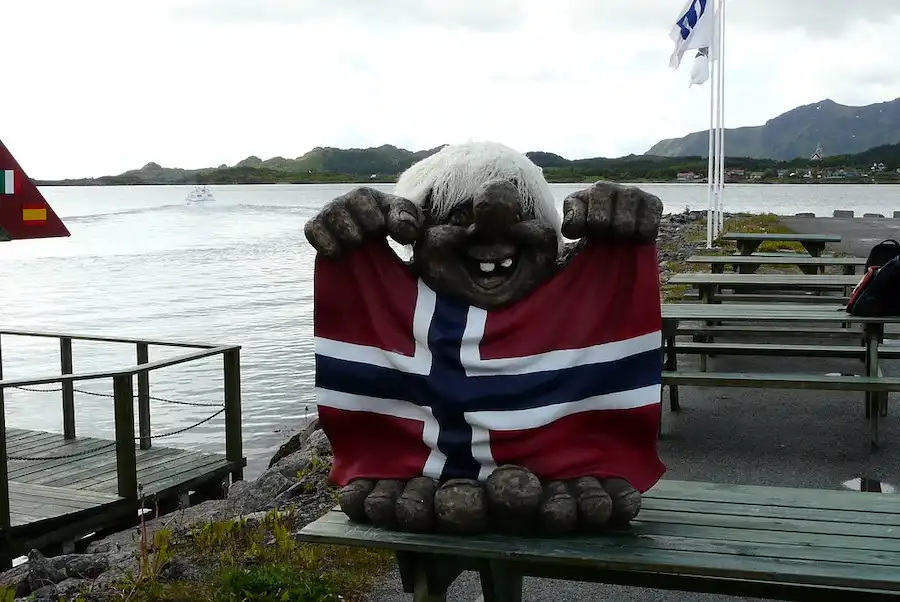
In the rugged landscapes of Norway, statues of trolls are a common sight. These creatures from Scandinavian folklore are often depicted as large, fearsome beings that inhabit mountains and forests. The troll statues in the Lofoten Islands celebrate these mythical beings, adding a touch of magic to the dramatic scenery.
Accommodation in the Lofoten Islands
7. The Mermaid of Warsaw – Poland
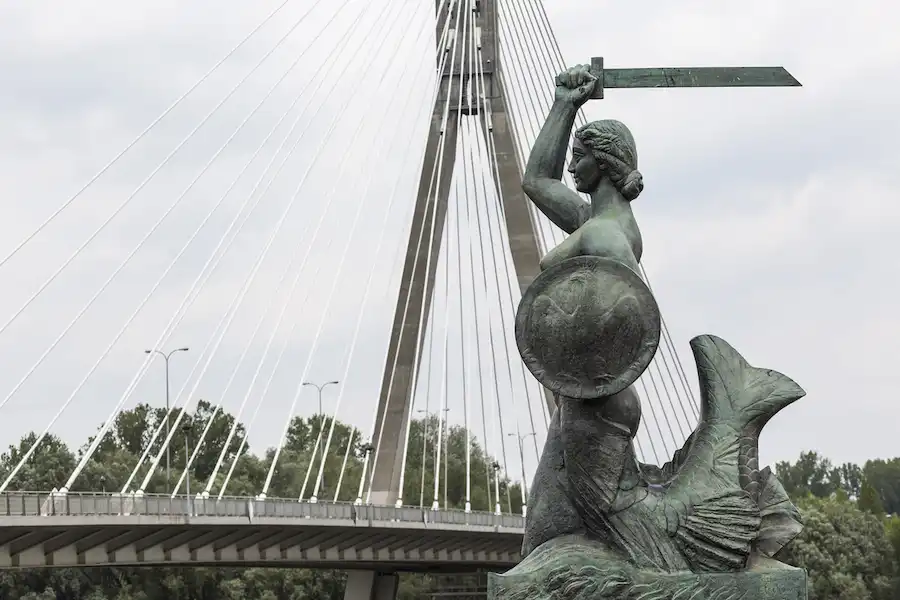
The Mermaid of Warsaw is a central figure in Polish folklore and the symbol of the city. Depicted with a shield and sword, this warrior mermaid stands ready to defend the city. The statue is a beloved landmark, and the legend adds a mystical layer to Warsaw’s cultural identity.
8. The Incredible Ocean Statue of Neptune – Virginia Beach, USA
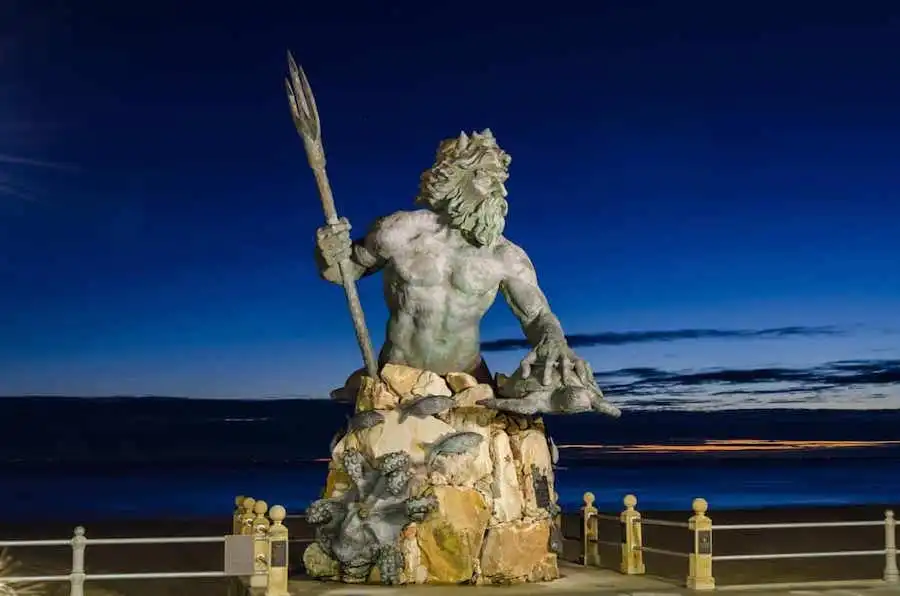
This towering statue of Neptune, the Roman god of the sea, is a striking feature of the Virginia Beach boardwalk. Standing over 12 meters tall, Neptune holds a trident and is surrounded by sea creatures, symbolizing his dominion over the ocean. The statue is a powerful reminder of humanity’s connection to the sea.
Accommodation in Virginia Beach
9. Neptune Fountain – Bologna, Italy
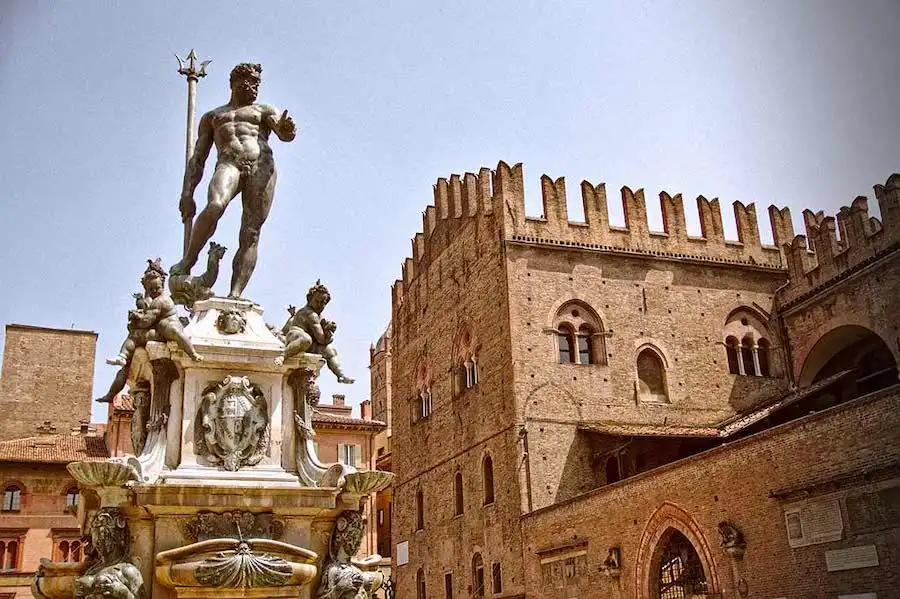
In Bologna’s historic center, the Neptune Fountain is a Renaissance masterpiece. Neptune stands tall, commanding attention with his trident, while water flows around him, symbolizing control over the seas. The fountain has been a focal point of the city since the 16th century, embodying strength and prosperity.
Get your perfect stay in Bologna
10. The Ocean Atlas – Bahamas
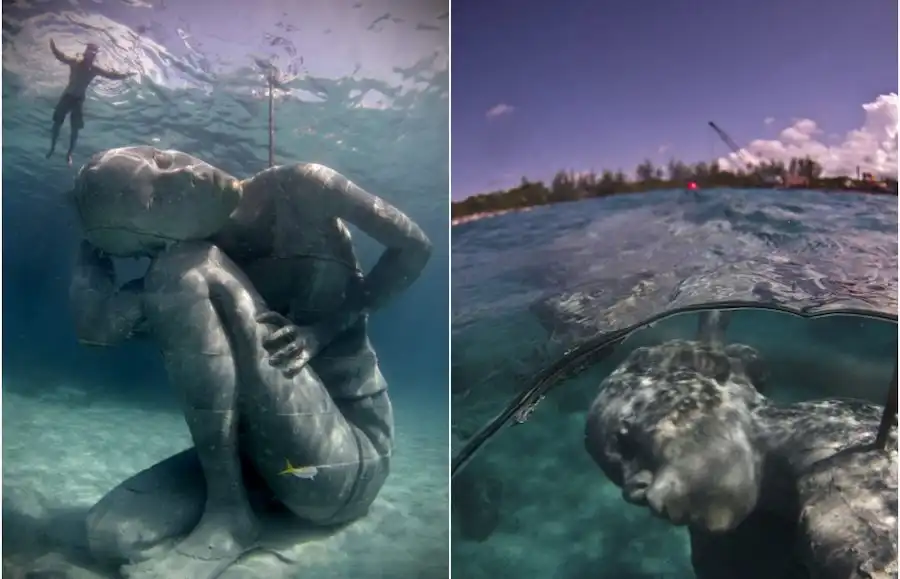
The Ocean Atlas is a unique underwater statue created by artist Jason deCaires Taylor. Located off the coast of the Bahamas, it depicts a young girl holding the weight of the ocean on her shoulders, reminiscent of the myth of Atlas. This sculpture serves as both a tribute to marine life and a call to action for ocean conservation.
These mythological statues are more than mere representations of ancient tales; they are portals to the past, inviting visitors to explore the rich cultural heritage of their surroundings. Each statue tells a unique story, offering a glimpse into the myths and legends that have shaped human history. Whether standing by the sea or nestled in the mountains, these sculptures continue to captivate and inspire, reminding us of the enduring power of mythology.

